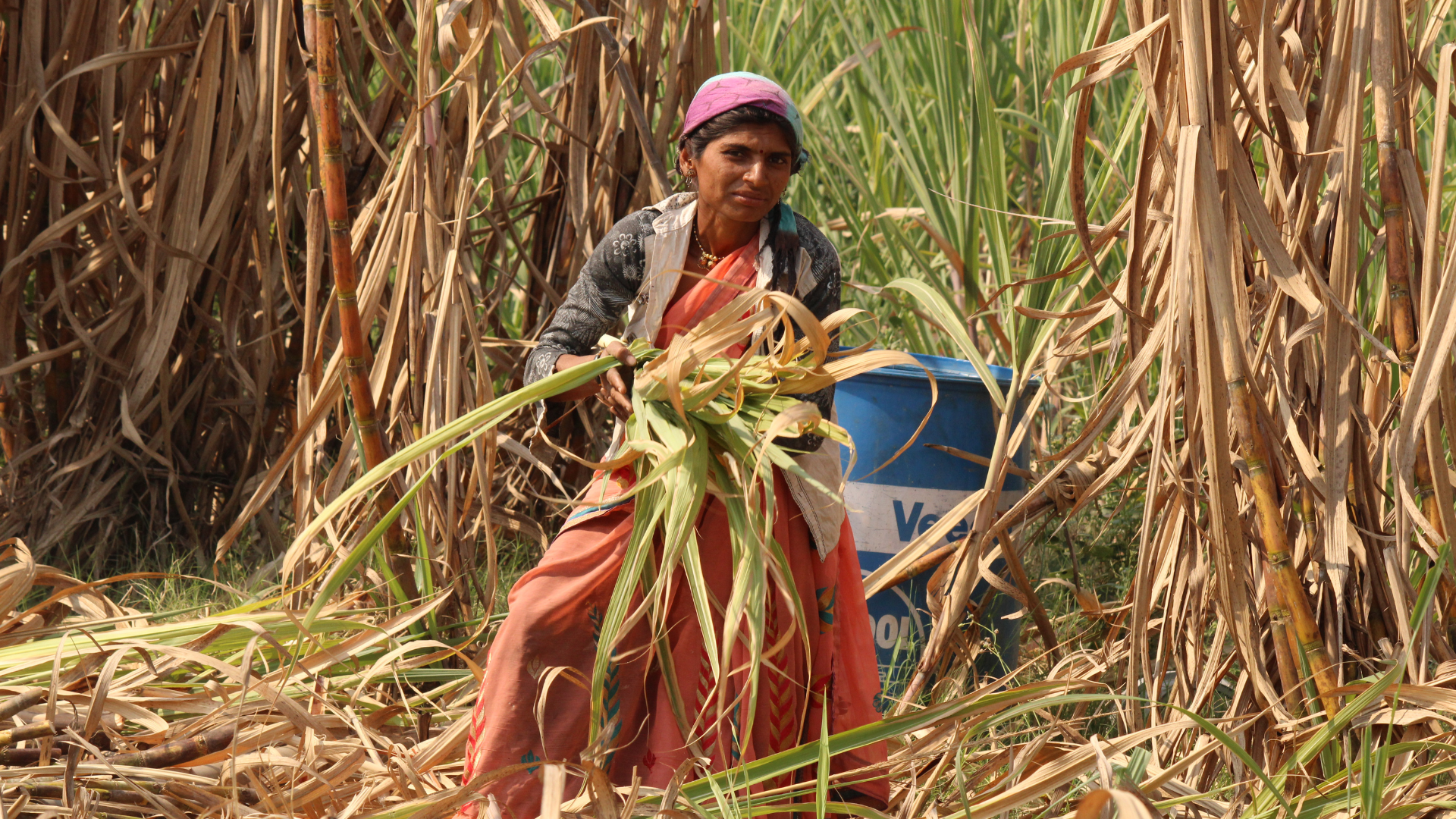
©DrNaresh Shejawal via Canva.com
Luxury Brands Falling Short in Combating Forced Labor, Says New Report
January 12, 2024
New research by the Business and Human Rights Resource Centre (BHRRC) suggests that luxury brands aren’t implementing enough processes to track the risks of forced labor in the supply chain, reports Vogue Business.
Uncertainty in the economy, shifting consumer demand, climate change, and the effects of conflict are playing a big part in the rise of forced labor risks, according to the new research by BHRRC. The study highlights that luxury brands are failing to safeguard workers within their supply chains.
In its fourth edition, BHRRC’s KnowTheChain Apparel and Footwear Benchmark examined 65 global companies, evaluating their efforts in implementing policies to identify forced labor risks and assessing the impact on affected stakeholders. The study revealed that 27.6 million people globally endure forced labor. Despite a collective growth of $42 billion among the top 20 apparel companies in the past year, the predominantly female workers producing their goods are owed a minimum of $75 million in unpaid wages, according to the report.
The BHRRC scored brands out of 100 across a variety of themes. The report identifies that purchasing practices pose the second-most significant concern, with an average score of 12 in this category, though more than half of the companies scored zero. The biggest concern was in remedy, which involves whether companies disclose a process to cure forced labor grievances, with an average score of seven.
Less than a quarter of companies were found to be collaborating with unions to enhance freedom of association, which is a critical aspect for safeguarding labor rights visibility. Despite over three-quarters of companies sourcing from high-risk countries, only 8% shared information on identified forced labor risks in their supply chains. This suggests a lack of transparency or insufficient due diligence in highlighting and addressing these risks, according to the report.
Áine Clarke, head of KnowTheChain and investor strategy at the BHRRC, said, “Attention to labour exploitation in apparel supply chains has traditionally focused on so-called fast fashion companies, while the luxury segment has largely avoided scrutiny based on the perception that higher price points, Europe-based direct suppliers and quality artisanry meant garments were produced ethically.”
Clarke noted that there is proof that luxury brands use the same strategy as fast-fashion companies, by lowering prices and escalating production volumes, leading to increased pressure on workers. Sportswear brands and fast-fashion companies, in comparison, performed higher on average because they have historically experienced more scrutiny.
Recent News
New Starbucks Artist Collaboration Merch Announced
Inspired by personal experiences and cultural heritage, artist Monyee Chau brings forth a collection under the Starbucks Artist Collaboration Series set to debut this summer.
FDA Says Eating Yogurt May Help With One Common Disease
The Food and Drug Administration claims that yogurt could help with one common disease, but there’s a catch as to not mislead consumers.
Climeworks Unveils ‘World’s Largest’ Carbon Capture Plant
Amidst the global climate crisis, a groundbreaking solution emerges: the inauguration of the world’s largest carbon capture plant, “Mammoth,” in Iceland. Developed by Climeworks, this plant marks a significant stride in the pursuit of curbing planet-heating emissions.
Palmer Candy Company Recalls 29 Products for Possible Salmonella Contamination
The Food and Drug Administration (FDA) has recalled 29 of Palmer Candy Company’s white-coated confectionary items because of the potential for salmonella contamination.

